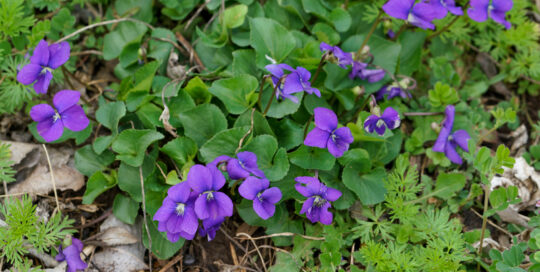Agastache: great plants for hummingbirds
Views: 3291
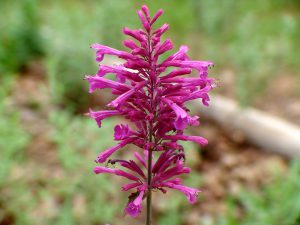
Agastache, also known as Hyssop or Hummingbird Mint, is genus of long-blooming perennials in the mint family. These plants have tall spikes of tubular flowers that are beloved by hummingbirds and some butterflies. They begin blooming in late spring or early summer and continue through fall. The leaves look much like catmint, a relative, and can be used to make herbal tea. Many are native to North America.
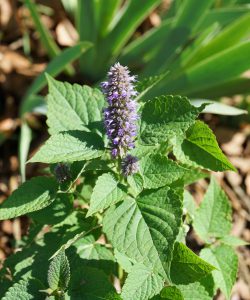
Agastache belong to the mint family. It’s easy to see the family resemblance in the leaves.
Growing Agastache
While there are many different species of agastache, most do best in full sun and well-drained soil. As a group, they tolerate drought and poor nutrients, although in my experience, the variety known as Blue Fortune Hyssop does better in richer soil with routine water during the hottest months of summer. Many species prefer neutral soil, and varieties that do well in the west and southwest may struggle in acidic soil unless lime is added. Over fertilization can produce leggy plants that flop, and they are also less likely to bloom.
Agastache varieties range in height. I have planted Agastache Tango, and it has stayed under 12 inches, whereas Agastache Desert Sunrise® reached four feet tall. Not all agastache are cold hardy, but most will survive to zone 4 with heavy mulching. Deer have never bothered any of my plants.
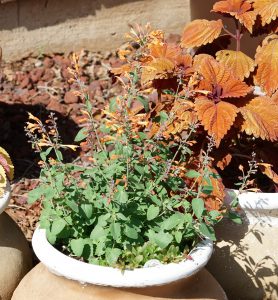
‘Tango,’ in a pot.
Most agastache do better with less love. Baby them, and they may fail.
The one thing they all have in common is their ability to attract hummingbirds and butterflies. My ruby-throated hummingbirds routinely feed on my Agastache Bolero, and they even go for the short Tango, hovering just above the ground while feeding. Clouded sulphurs loved Desert Sunrise®, and I have found many different butterflies on Blue Fortune.
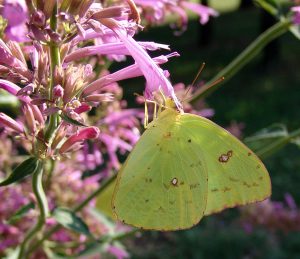
Cloudless sulphur.
I’ve heard agastache pronounced in many different ways, but Webster’s dictionary tells me to pronounce it like this: “\ ə-ˈga-stə-(ˌ)kē\”. Since this will be largely meaningless to many (including me with my English degree earned long ago in the days of yor), the main takeaway should be the hard “k” in the last syllable, followed by a long “e.” So agasta-kee, is what you’re aiming for.
Much like with liatris, you should be able to find a hummingbird mint that will suit your pollinator garden in almost all regions as long as you have sun and soil that doesn’t retain too much water. Choose an appropriate variety for your zone and soil pH, and enjoy watching butterflies and hummingbirds feeding all summer.
Meet Leslie Miller
Leslie Ann Miller shares 3.5 acres in rural Oklahoma with birds, butterflies and wide variety of animals. She is currently transforming her yard with plantings…
Leslie's Recent Posts

Early spring is time to plant native spring ephemerals
